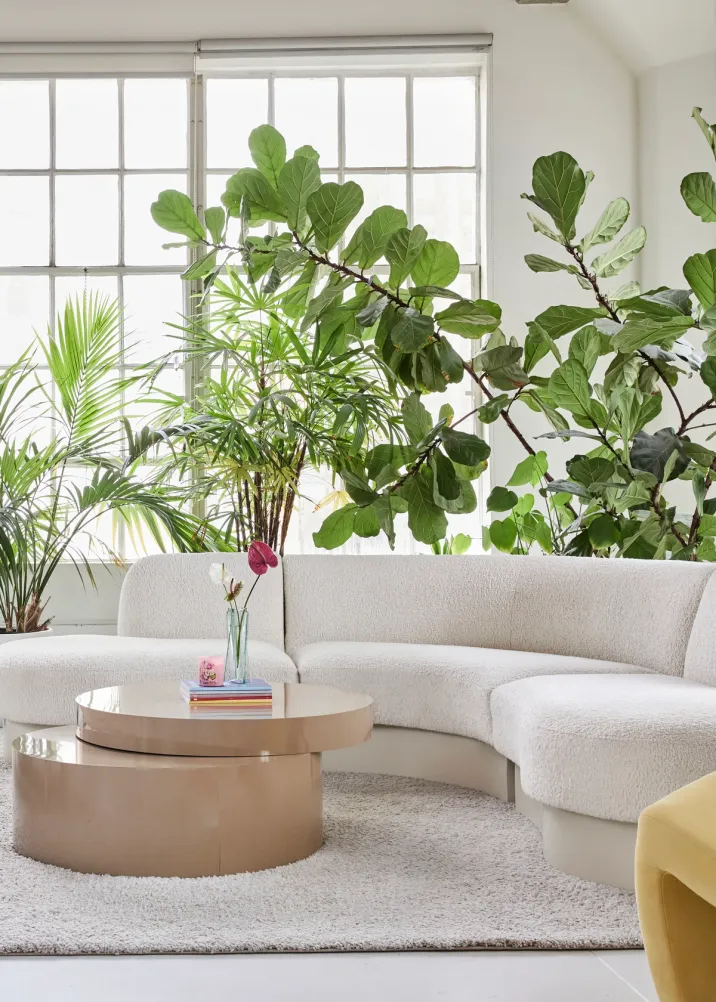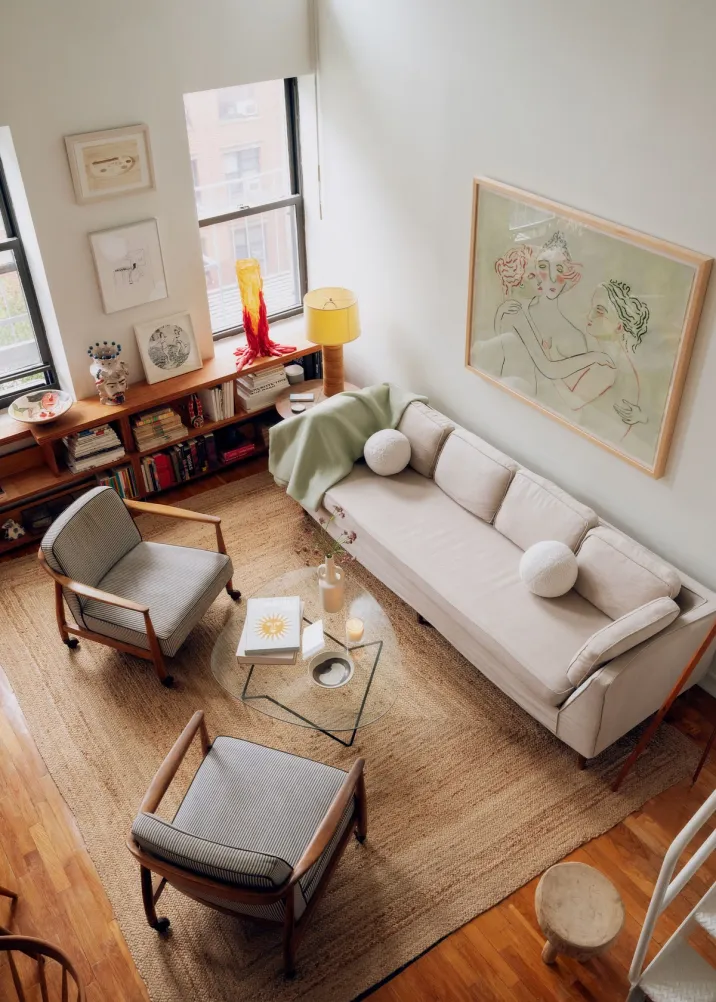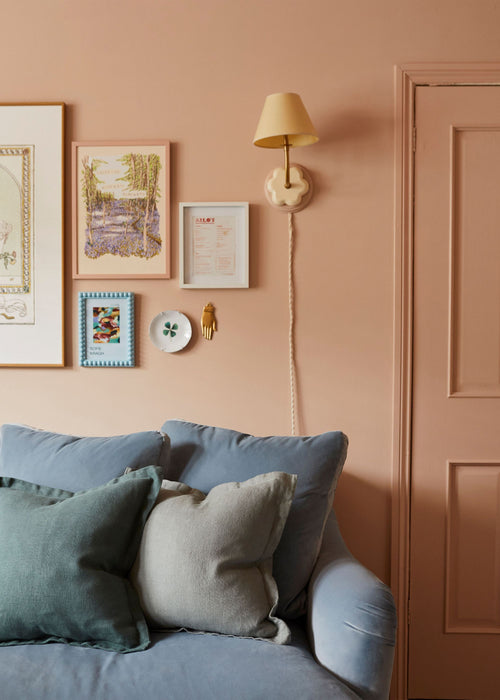
The One Huge Difference Between Homes in LA and NYC
Who wins in the game of East vs West when it comes to interior design?
There are few cities in the world that are as consistently compared to one another quite like Los Angeles and New York City. ‘East vs. West’ is practically a cliché at this point, but nonetheless continues to spark interest and feverish debate among those who pledge allegiance to their respective coast.
As it pertains to the field of interior design, the signature styles of LA feel distinctly different than NYC. But why? Arguably, the overarching answer is that it has everything to do with the environment. The landscape, weather, available materials, indigenous plants, and other environmental characteristics all play into why interior design in Los Angeles is often so easily distinguished from New York City. Ahead, a breakdown of the key principles that make each metropolitan so unique.
Bringing the Outside In vs. Keeping the Outside Out
Close your eyes and think of an afternoon in Los Angeles. What do you see? Palm trees, crashing waves, al fresco dining. It’s a place with good weather all year round and because of this, it permeates the way designers envision interiors. From an architectural standpoint, biophilic design works especially well here (if you’re not familiar, it’s a discipline that’s guided by bringing nature inside, effectively blurring the lines between indoors and outdoors and, in turn, enhancing one’s well being).
This translates to the look and feel of interiors in Los Angeles through sun-soaked rooms, ceiling-to-floor glass walls that create the illusion of being outside, and unique open-air spaces that simply wouldn’t work in a region with inclement weather.
In contrast, New York City spaces often provide an immersive escape from the hectic city streets. This might manifest through a subterranean restaurant, a hidden speakeasy, or a cosy loft apartment that transports you from the bustle of the city and into an elegant, intimate world of its own.
And while New York City design can certainly share traits with LA such as high ceilings and expansive windows that invite natural light, this sense of the environment feeling like tucked away ‘jewel boxes’ is especially unique to NYC.
Plants vs. Florals
In Los Angeles, natural light is abundant and thus many plants can thrive here. This comes into play through interiors with designers using greenery to anchor the room, like in this dreamy Santa Monica apartment peppered with lush, large plants. Or this Pasadena home showcasing the effectiveness of a well-positioned cactus.
In New York City, however, designers have to be more mindful with the direction the space is facing and map out plants accordingly (this is why scoring a south-facing apartment in NYC is so popular). New Yorkers also make use of flower markets and local bodegas by finding ways to add color through fresh florals, like in this artistic New York City loft.
Natural vs. Industrial Materials
As for other materials, Los Angeles is in many ways defined by its coastal aesthetic, so textures like rattan, pine, and drift wood can often cement the LA vibe. On the other hand, in an industrial city like New York, materials such as steel, marble, brick, and brass are often relied upon to echo the sleek, sophisticated air of NYC living.
Historical Architecture and Design Trends
The interior design of a home or commercial space can be informed by the building it is housed within. For example, some of the most striking residences in Los Angeles are old Craftsman-style homes where designers have worked to revive the spirit of these masterpieces. In New York City, historic brownstones and massive warehouses have been lovingly restored by designers to evoke the nostalgic feel of these magnificent structures.
By the same token, design trends often distinguish the interiors between the two major cities. New York City’s rich history with Art Deco buildings and motifs continues to influence the look and feel of a space. Over in Los Angeles, Spanish Colonial and Mission Revival both have a heavy hand in how designers approach a space.
In the End, It’s All Up to You
Of course, trends are not always geographically exclusive, so there will be crossover between cities, particularly when it’s something that can make sense in any environment such as curved furniture, a unique wallpaper print, or statement light fixture.
Ultimately, living in New York City or Los Angeles doesn’t mean your taste in interior design must reflect the precise, traditional aesthetic of that specific city—individuality is always the preferred route when choosing the design direction of a space. However, knowing the key attributes of what makes NYC and LA unique can help guide key design decisions to ensure the end result feels just right.
Enjoyed This?
Discover more styling articles
















